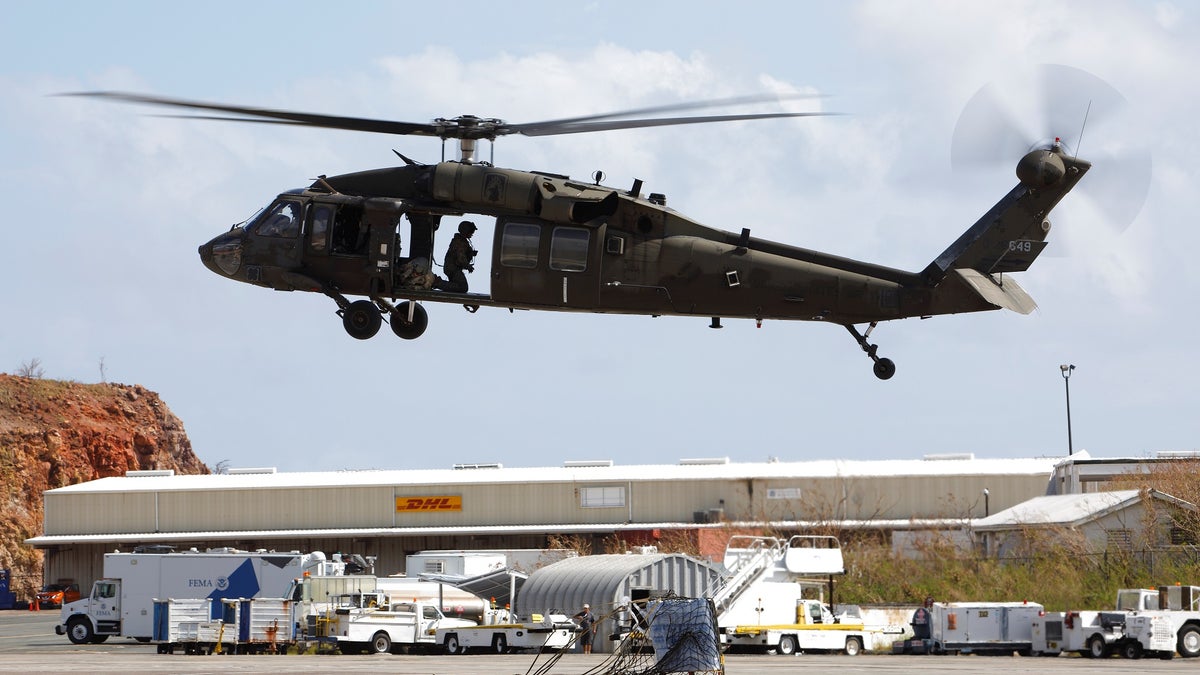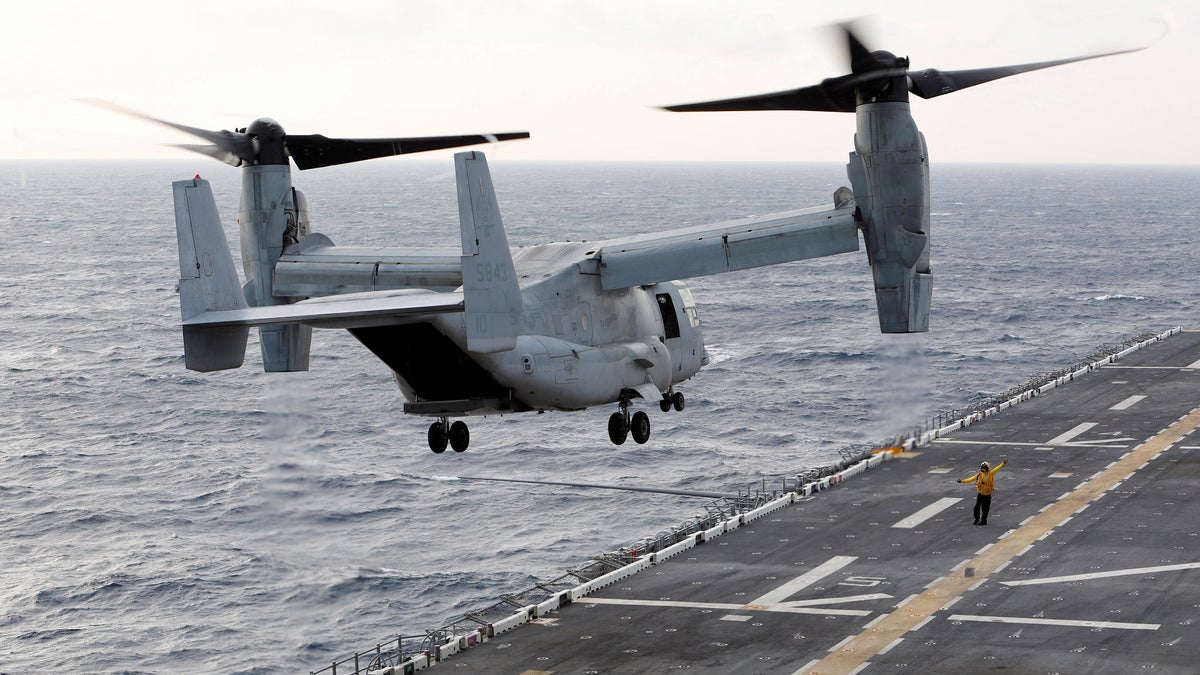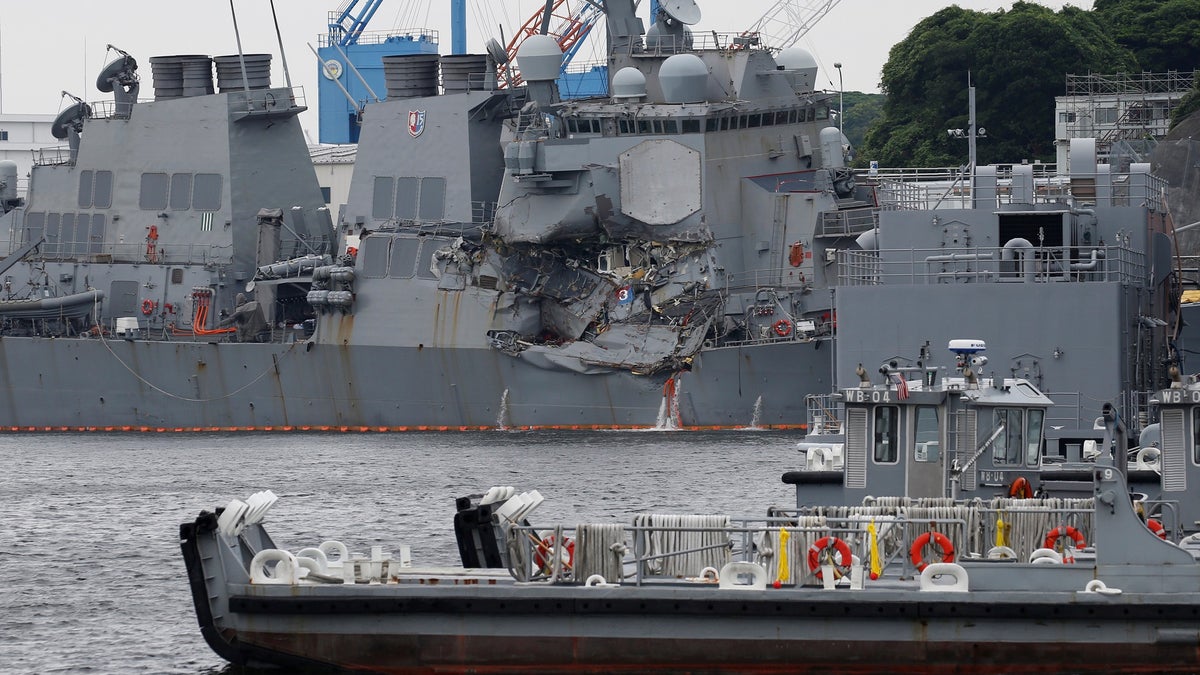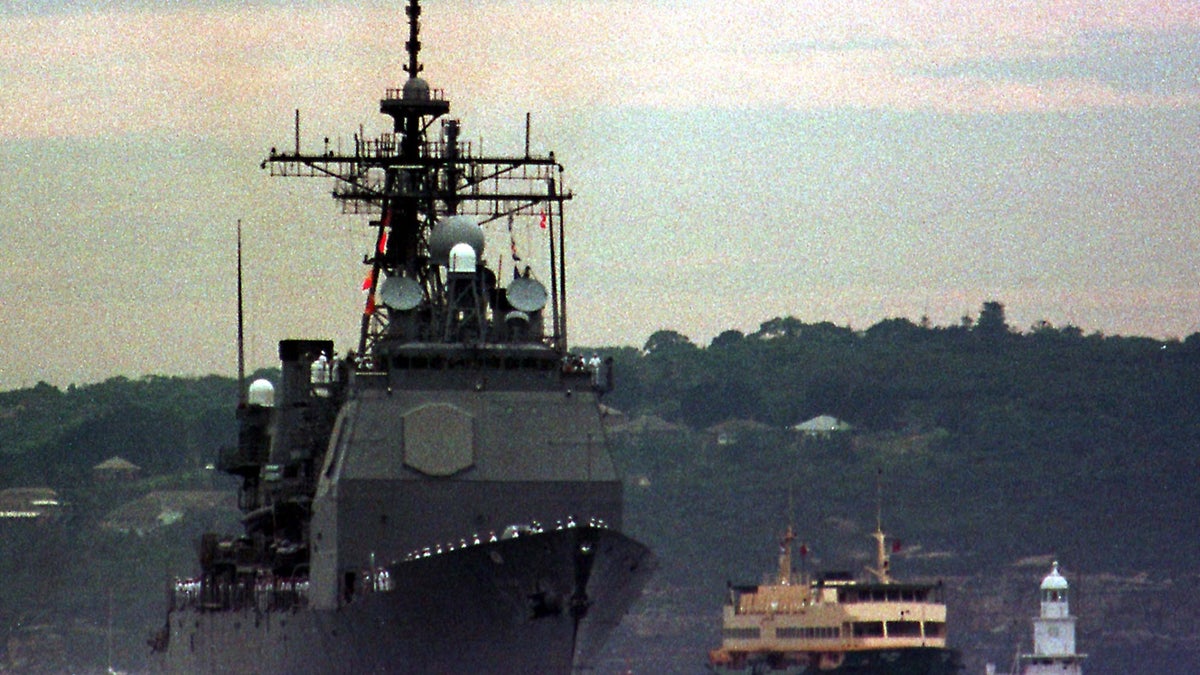USS John S. McCain collision: Navy warships explained
The collision of the USS John S. McCain in the Pacific is the 4th mishap for the Navy this year. Here’s a breakdown of the Navy’s fleet and potential impact on America’s missile defense.
The U.S. Navy is facing some tough questions following two deadly collisions during the summer of 2017.
More than a dozen sailors died in the separate accidents. The destroyer USS Fitzgerald struck a commercial ship off the waters of Japan in June, killing seven U.S. sailors. The destroyer USS John S. McCain collided with an oil tanker in coastal waters off Singapore in August, killing 10 U.S. sailors.
Five officers involved with those two collisions have been charged with negligent homicide, the Navy said Tuesday.
Read on for a look at other recent U.S. military incidents in the Pacific.
C-2A Greyhound

Seen here, a C-2A Greyhound logistics aircraft prepares to land on a vessel in the Mediterranean Sea. Three sailors were lost after one of these aircrafts crashed in the Philippine Sea in November 2017. (Reuters)
Three sailors were lost after a Navy plane crashed in the Philippine Sea shortly after takeoff from Japan in November 2017.
Eight other crewmembers on board the plane were rescued and listed in good condition at the time of the crash.
Deep water salvage experts located the plane in early January 2018 and efforts are underway to recover the aircraft and sailors, the Navy said.
USS John S. McCain

Ten sailors died when the USS John S. McCain collided with a merchant vessel off the coast of Singapore. (Reuters)
The guided-missile destroyer USS John S. McCain collided with the merchant vessel Alnic MC on Aug. 21, 2017, according to the Navy report.
Five sailors were injured, and 10 sailors died.
No one onboard the 600-foot oil and chemical tanker was injured, the Singapore government has said, although the ship did sustain damage to a compartment at its front.
Singapore, at the southernmost tip of the Malay Peninsula, is one of the world's busiest ports and a U.S. ally, with its naval base regularly visited by American warships.
The Navy said in a release that the crash could have been avoided, adding that it "resulted primarily from complacency, over-confidence and lack of procedural compliance."
UH-60 Black Hawk helicopter

Pictured here, a UH-60 Black Hawk helicopter delivers disaster relief supplies in Saint Thomas in the U.S. Virgin Islands. Five soldiers went missing after one of these helicopters crashed off the coast of Hawaii in August 2017. (Reuters/Jonathan Drake)
An Army Black Hawk helicopter crashed in the ocean off the coast of Hawaii on Aug. 15, 2017.
Two Black Hawk aircrews were participating in training exercises when communications were lost.
Crews from the Army, Coast Guard, Navy and local agencies in Hawaii searched around the clock as strong currents moved the wreckage into a deep-water search area that spanned 72,000 nautical miles.
The five soldiers who went missing ranged in age from 26 to 41. The crew did have life vests and devices to assist with underwater breathing on the helicopter, officials said.
But while officials recovered significant debris from the crash, Army and Coast Guard officials said that they found no signs of life and ended the search-and-rescue operation.
All five missing soldiers have been declared dead.
MV-22 Osprey

Pictured here, a MV-22 Osprey takes off on its way to deliver aide to Puerto Rico and Saint Croix. Three U.S. Marines were declared dead in August 2017 after their MV-22 Osprey crashed off the coast of Australia. (Reuters/Jonathan Drake)
Three U.S. Marines were declared dead in August 2017 after their MV-22 Osprey crashed off the coast of Australia.
The MV-22 Osprey – part helicopter, part plane – crashed into the back of the USS Green Bay, a Navy amphibious ship, and fell into the sea on Aug. 5.
USS Fitzgerald

The Arleigh Burke-class guided-missile destroyer USS Fitzgerald, damaged by colliding with a Philippine-flagged merchant vessel, is seen at the U.S. naval base in Yokosuka, Japan. (Reuters/Toru Hanai)
Seven sailors – ranging in ages from 19 to 37 – died in June 2017 when the USS Fitzgerald collided with a container ship in waters off Japan.
The captain of the ACX Crystal, a Philippine-flagged container ship, accused the Navy destroyer of failing to heed warning signs before the crash on June 17.
"The collision between Fitzgerald and Crystal was avoidable and resulted from an accumulation of smaller errors over time, ultimately resulting in a lack of adherence to sound navigational practices," the Navy said in the release.
"Specifically, Fitzgerald's watch teams disregarded established norms of basic contact management and, more importantly, leadership failed to adhere to well-established protocols put in place to prevent collisions," it added.
USS Lake Champlain

The guided missile cruiser USS Lake Champlain is seen entering the Sydney Harbor in 1998. It collided with a South Korean fishing vessel in the Sea of Japan in May 2017. (Reuters/David Gray)
The USS Lake Champlain, a guided-missile cruiser part of the U.S. Navy’s 7th fleet, collided with a South Korean fishing vessel in the Sea of Japan in May 2017.
No injuries were reported following the May 9 crash.
The naval ship was conducting routine operations in international waters at the time of the incident, according to the U.S. Navy. A defense official said visibility was limited at the time.
USS Louisiana
The ballistic-missile submarine USS Louisiana collided with a U.S. Navy Offshore Support Vessel off the coast of Washington state on Aug. 18, 2016, according to the U.S. Navy.
The crash occurred during routine operations in the Strait of Juan de Fuca.
While both vessels were damaged, no one was injured in the collision.
The Associated Press contributed to this report.

